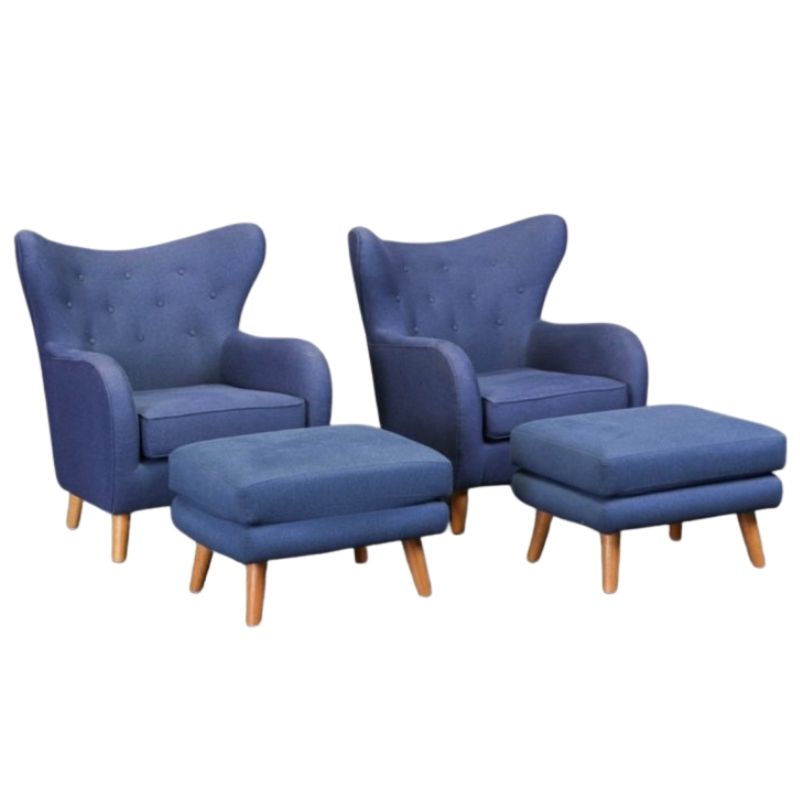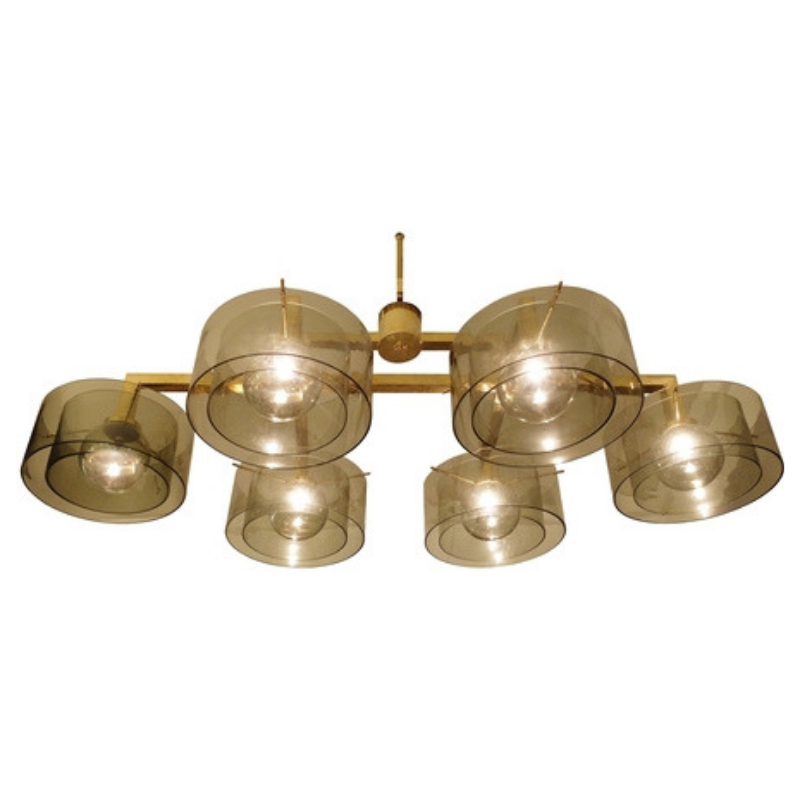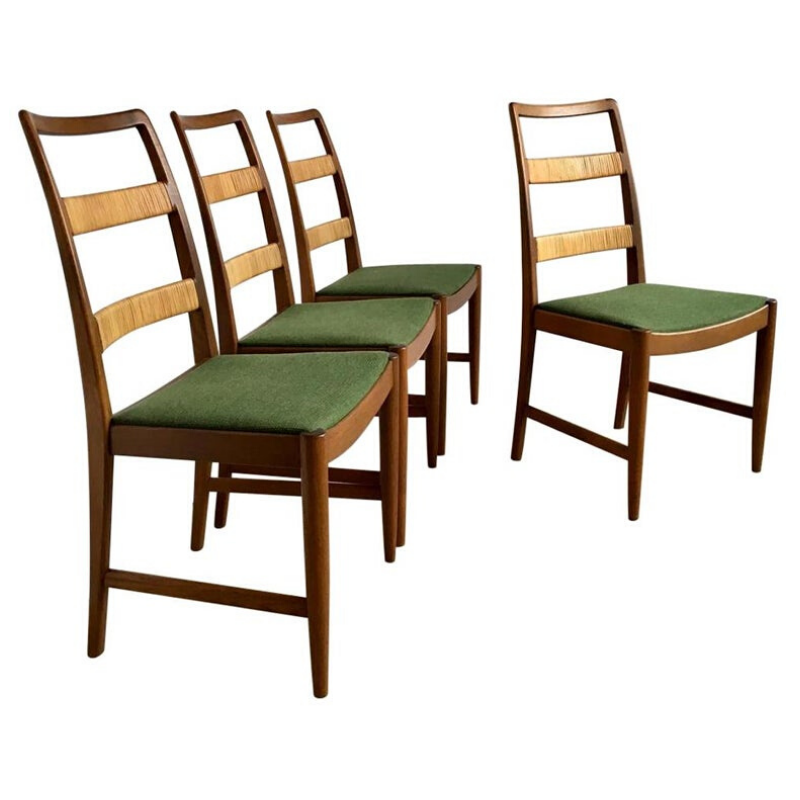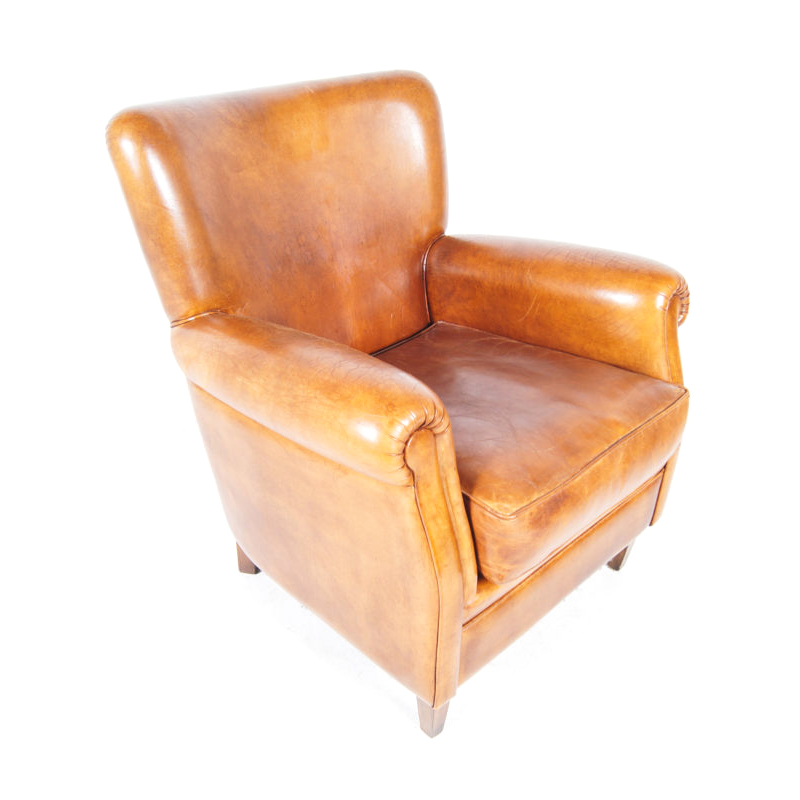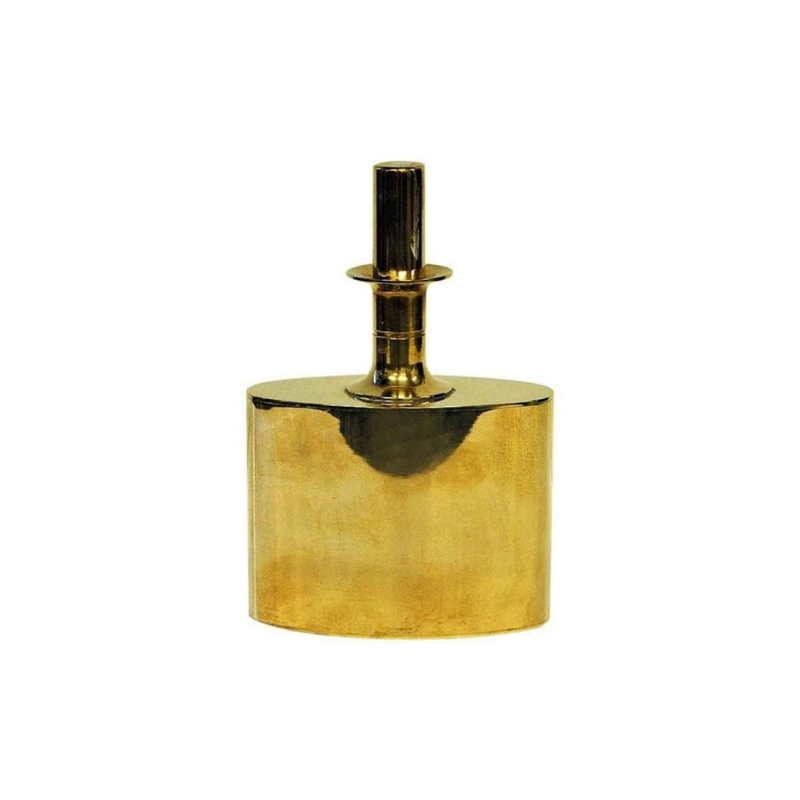Neat, I like it. remindes me of tensegrity structures
How about making it out of concrete or stone or possibly even cork?
http://www.tensegrity.com/
Sweet !
Everyone from Fuller to Escher to ? would find something to like here -- and it's a manufacturing bean-counter's dream, too !
In wood, of course, there's something to be said for extending the nodes beyond the pins -- for material longevity. Still, one wants to say "try rounding the ends, so the junctures will be smoother and more cyindrical." And if you like, any number of alternative shapes could be arranged to fit together in the same way. What a triumph ! If this hasn't by some chance been demonstrated previously, it should be copyrighted. . .
I agree with SDR...
For a bold and sculpural design like this the small triangular shapes left on the intersection of two elements are too small and out of scale. I would either folow SDR's suggestion to finish each element with half a circle (full radius on each of the corners) which would give the two connected elements a half cylindrical surface in common, or I would continue and extend the surface of each element past the pivot, so that it hides at least one of the two left-over surfaces. It would also make it a little bit more three dimensional.
As far as copyright is concerned I would also make one with 4 elements just to close the door to some "smart" guy who would make this obvious variation on your idea. As long as you cleam copyright (encircled c plus date and owner) it is legally sufficient to publish it on Designaddict. As long as it is there you have proof of the day you showed it publically. For any U.S. patent application you are too late because it is now in the public domain.
Version .9
>IMG SRC="http://kayingleside.com/TTonepointoh.JPG">
16" tall, 30" diameter glass top, 1 1/2" hardwood (oak) plywood (have you SEEN the price of good 1 1/2" thick hardwood!). I need to increase the radius on the overlapping ends a bit to resolve the intersection as per Koen see above. I haven't done any wood working since junior high shop class, this was fun.
Hi James
It starts to look better! Considering that yoy enjoyed doing it you might give this one to a friend and start all over. My next move would be to enlarge the diameter of the glass, right now it looks "heavy" because it supports such a small glass top. I would also try the obvious alternative to the round ends, which is to cut the ends under 60 degrees. In doing so you put the end surface of one element in the same as the long surface of the next, creating a perfect triangle...yes wood working is fun!
V1 done
I made one change. One leg has the pin hole all the way through to the top and one long pin. So if you ever want to take it apart the long pin lifts out with a magnet. On to version 1.1, I'm going to hopefully improve the quality of workmanship and maybe add a couple inches to the glass top.
If you need any help, please contact us at – info@designaddict.com



